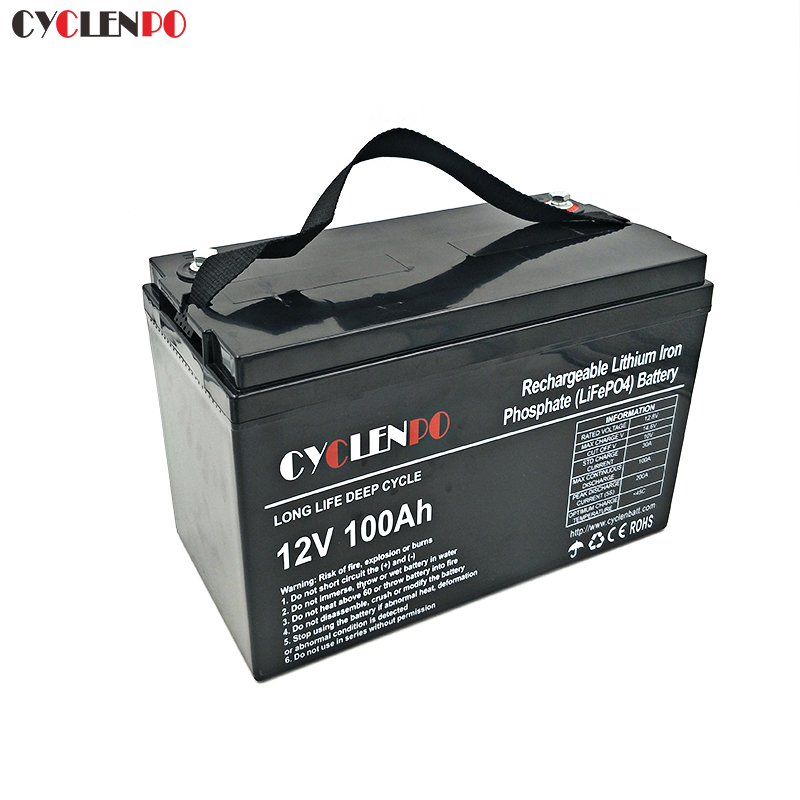As the power source of a car, battery’s performance is directly related to the endurance and safety of the whole vehicle. Lithium battery (especially lithium iron battery and ternary lithium battery) is the most commonly used battery type in electric vehicles and even most electronic products. It has existed for nearly half a century since 1970. Its main advantages are high energy density and long cycle life.
At present, lithium-ion batteries are mainly classified according to the difference of the positive electrode materials, because the negative electrode materials have little effect on the energy density of the battery, so now the battery performance is improved by continuously improving the positive electrode materials.
The first six types of battery materials on the market are lithium titanate, lithium cobaltate, lithium manganate, lithium iron phosphate, nickel cobalt manganese and nickel cobalt aluminum.Lithium titanate is used as a negative electrode material, and its energy density is very low, obviously not suitable for use in an electric vehicle.Lithium cobaltate, on the other hand, has a relatively high energy density, but its lifetime and high temperature resistance are relatively poor, and it is mostly used in digital devices such as mobile phones. Lithium manganate is low cost and stable, but its energy density is also low. Therefore, from the perspective of energy density and safety, lithium iron phosphate batteries and ternary lithium batteries with better comprehensive performance have become the mainstream of electric vehicle power batteries, but these two batteries also have significant differences in their own characteristics.

Ternary lithium battery>lithium iron phosphate battery
The most critical factor for evaluating battery performance is the energy density. Under the same volume or weight, the higher the energy density, the more power it provided, and the longer the battery last.
Lithium iron phosphate battery (LFP) is a lithium ion battery using lithium iron phosphate as a positive electrode material, and a ternary lithium battery is a lithium battery with a nickel-cobalt element as a positive electrode material and a manganese or aluminum salt to stabilize the chemical structure. There are mainly NCM (nickel cobalt manganese) and NCA (nickel cobalt aluminum).
Subject to chemical characteristics, the lithium iron phosphate battery has a low voltage platform, and the lithium iron phosphate battery has an energy density of about 140 Wh/kg. The ternary lithium battery has a high voltage and the energy density is basically 240 Wh/kg. That is to say, under the same battery weight, the energy density of the ternary lithium is 1.7 times that of the lithium iron phosphate material.
There is no doubt that the ternary lithium battery has obvious advantages in energy density, but the energy density of the ternary lithium battery with different formula will also differ (nickel, cobalt, manganese/aluminum in different proportions).
lithium iron phosphate battery >Ternary lithium battery
The thermal stability of lithium iron phosphate is currently the best in lithium batteries for vehicles. The electric heating peak is greater than 350 ° C. When the battery temperature is at 500-600 ° C, the internal chemical composition begins to decompose.
The thermal stability of the ternary lithium battery is poor, and it begins to decompose at around 300 °C. Therefore, the requirements for the battery management system are very high, and an over-temperature protection device and a battery management system are needed to protect the safety of the battery. Therefore, in high temperature conditions, the safety of lithium iron phosphate is relatively high.
Ternary lithium battery>lithium iron phosphate battery
In winter, the decine of cruising range of electric vehicles has become common. The low-temperature performance of lithium iron phosphate batteries is inferior to that of ternary lithium batteries. The lithium iron phosphate battery has a lower temperature limit of -20 ° C and a poor discharge performance in a low temperature environment.Using ternary lithium battery has a low temperature limit of -30 ° C, and its low temperature discharge performance is good. Under the same low temperature conditions as the lithium iron phosphate battery, the mileage attenuation in winter is less than 15%, which is significantly higher than that of the lithium iron phosphate battery.
Of course, in order to avoid significant mileage degradation, most vehicles now have thermal management to ensure the winter performance of the electric vehicle.
lithium iron phosphate battery >Ternary lithium battery
The full charge-discharge cycle of the lithium iron phosphate battery will be attenuated to 80% of the original after more than 3,500 cycles. That is to say, if the battery is charged and discharged once a day, the lithium iron phosphate battery will also show significant attenuation for nearly 10 years.
The ternary lithium battery has a shorter life than the lithium iron phosphate battery. When the full charge and discharge cycle is more than 2000 times, the attenuation will begin to occur, which is about 6 years.
Ternary lithium battery>lithium iron phosphate battery
Talking about battery cost, lithium iron phosphate battery also has a huge advantage. It has no precious metal (such as nickel,cobalt), so production cost is lower.
The ternary lithium battery uses a variety of materials such as nickel-cobalt-manganese, and the production of high-nickel batteries requires a relatively strict process environment, and the current cost is relatively high. And after years of development, as a key material, lithium, cobalt and other metal resources began to tighten, especially metal cobalt, its price is rising all the way
So lithium iron battery or ternary lithium battery?
From the perspective of battery energy density, low temperature performance, safety, service life and cost, lithium iron phosphate battery and ternary lithium battery have their own advantages, which is difficult to decide which one wins. The fact also leads to the differentiation of technical route of the cathode material of power lithium battery.